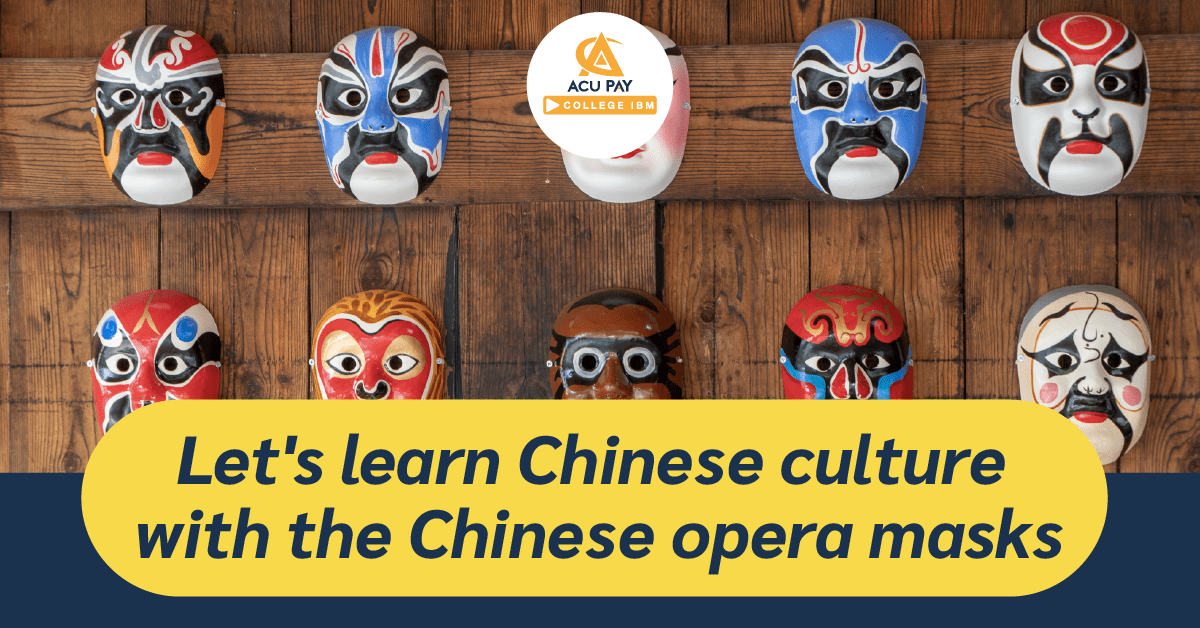

Many people may be familiar with Chinese opera or “lian pu” which is a branch of Chinese performing arts. The speciality of the Chinese opera is a pattern which is directly painted on the masks. Before moving on to the masks used in the Chinese opera, let’s get to know the Chinese opera first.
“The Chinese opera” is a performance that combines singing and talking with the gestures of the performers into a story. It started in the Song Dynasty, in southern China, there was a famous Chinese opera group that opened the show with dialogue as poetry alternating with singing and using musical instruments for the performance. In the north, around the early 13th century during the Yuan Dynasty, a form of Chinese opera was born called “Ja ju”, often divided into 4 acts. Only the main characters would have the same lyrics melody throughout the show while supporting characters relied on speaking. The northern opera is popular among aristocrats, the stories on the show are often adapted from chronicles or history while in the south, people like to watch folktales opera.
In the 16th century, the country became peaceful. People began to have better status and well-being. This made the literary industry flourish as well, resulting in more beautiful opera lyrics. Mr. Wei Liang Fu wrote famous folk tales called Kun Qu as lyrics with a soft singing style and only used flute and drum in the play.
In the 18th century, a new type of opera was born in Beijing, which is the form of Chinese opera at present. The opera had been widespread since it opened the show at the birthday celebration of Emperor Qian Long. The opera groups that came to open its show include the group of Wei Zhang Chen from Sichuan, who introduced new opera acting techniques to the capital. At the end of the Qing Dynasty, there were hundreds of different characteristics in singing and setting, and songs, but most of them adapted the story from Kun Qu or popular tales.
The Chinese opera mask is a kind of makeup for opera performers. Normally, it is used to do makeup for Jing characters (male characters) and Chou characters (jokers or villains ) Each character will have a different appearance of an opera face, resulting in reflecting more obvious characteristics of each character. It allows audiences to distinguish what characteristics of characters are like. The Chinese opera masks are therefore regarded as “the image of the soul.”